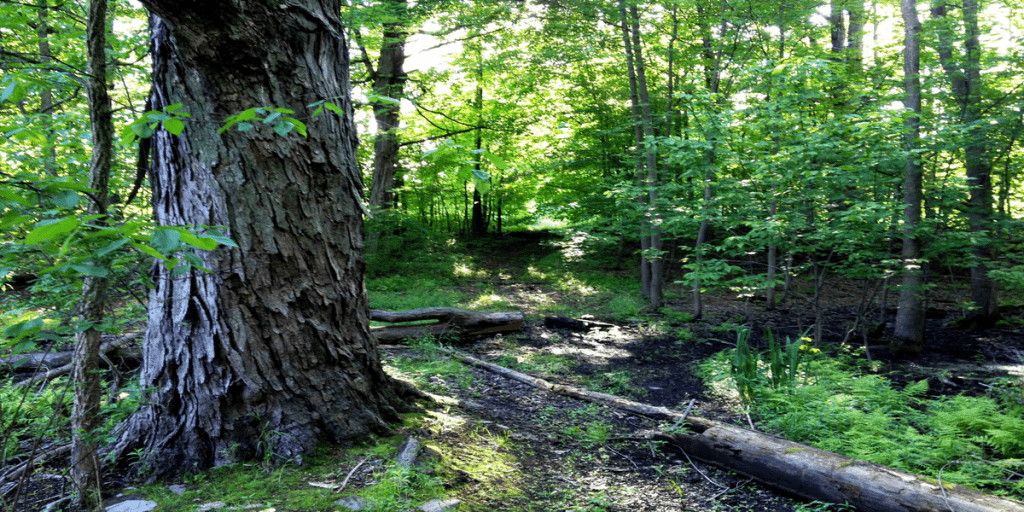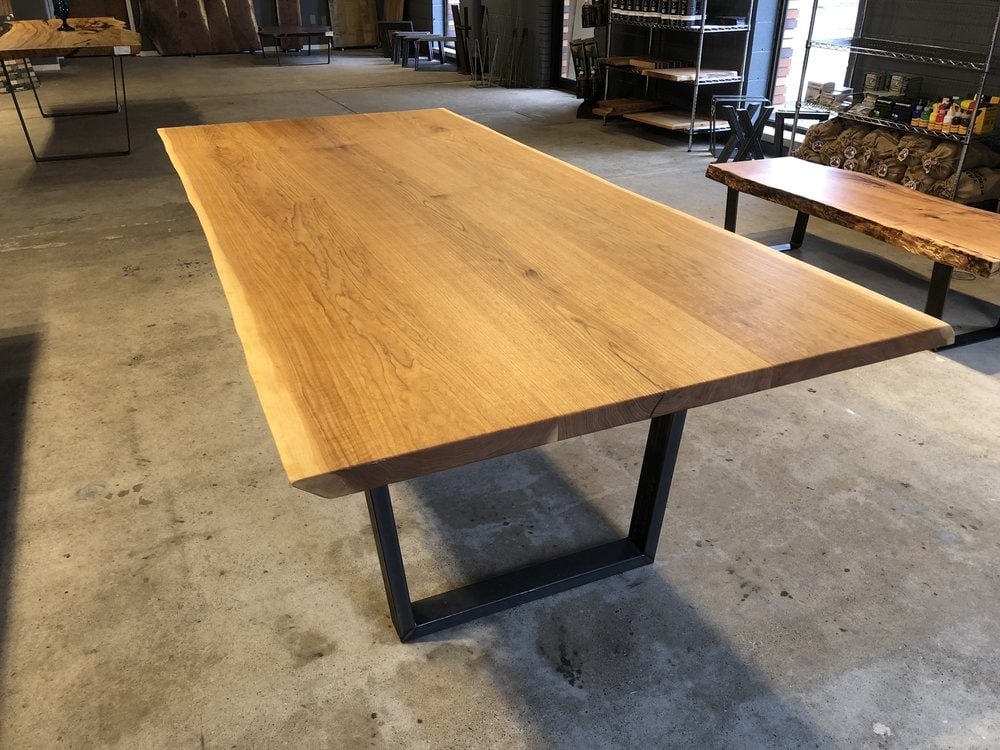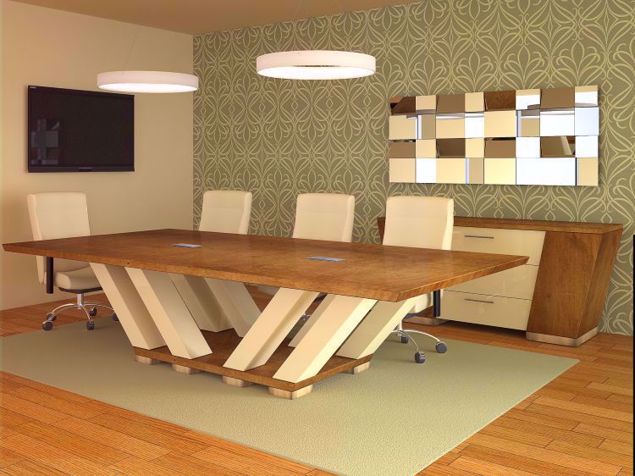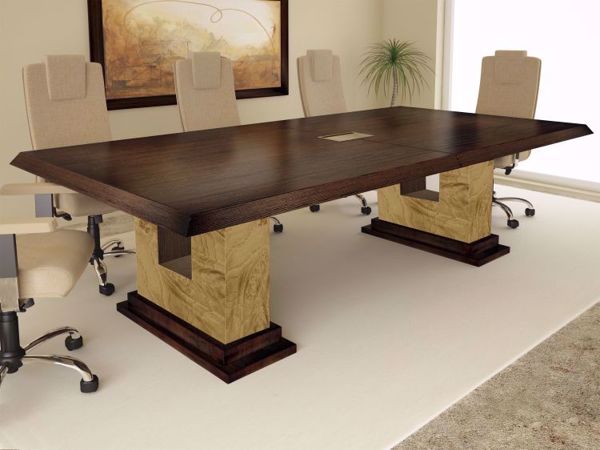Butternut, often referred to as white walnut or oil nut, is cultivated in southern New Brunswick in Canada to the mountains of North Carolina and west to Minnesota. The tree seldom grows in the fields, but in deep, fertile soils, it grows sparsely. It is also called as golden walnut.
Some of the chief advantages and features of butternut wood are given below, which show in what ways butternut is good for carving:
- Butternut is quite soft and easy to work with, especially for beginners.
- It is quite fairly stable.
- It ranges from blonde to gold in color.
- It has a very straight grain, which makes it very simple to make cuts.
- It has a coarse surface; therefore, it takes up polishes smoothly.
- It has zero toxicity levels.
- Even wormy butternut has various uses in relief carving and making boxes.
- It is light in weight, which makes it a preferable choice for lightweight furniture.
Smooth butternut wood surface
Butternut is a well-known wood kind with numerous uses. Some of these uses include sculptural carvings, furniture and other pieces. Stained butternut imitates furniture and paneling of walnut. The wood makes shelves, molding, frames, and containers abundantly. Also, wormy butternut, which appears rarely, may be useful for some tasks, such as relief carvings or crates.

Lumber Piece of Fresh Live Butternut 
Plain Piece of Butternut Showing little details
Butternut tabletop
Butternut is very well-suited wood for carving due to its obvious properties. Its softness it should not burn when routed. One will not have any difficulty when gluing butternut, its rough texture helps the adhesives to stay and retain its place and maintain a strong bond. It takes in all kinds of stains into its surface which makes it retain its natural finish for ages.
It is definitely among the most favorite carving woods for whittlers. It has nice grain and also softer than other woods, which makes it a preferred choice for beginners to work with. The softness makes the cuts smoother and also goes lighter on the carving tools. It is sort of related to walnut but lighter in shade.
Butternut (white walnut) modern table
One of the key features of butternut is that it takes polishes and varnishes very smoothly, leaving a very neat, smooth and even textured surface behind. The products of butternut are very neat and beautiful. It is also very light weight, therefore a preferable choice for making wooden furniture. It also holds a fair enough stability and is not at all toxic. Besides standard health issues with all wood dusts, butternut has no known allergies or health hazards for carvers.
Butternut is highly recommended for relief carvers due to its softness. It is also quite easy to work with. It takes in all the intricate details and design patterns perfectly and leaves a shiny surface at last. The only thing one has to look after is the deep cuts. The deep cuts should be carefully cut as a slight deeper cut may tear out the wood. It has been highly known to make church altars vastly.








